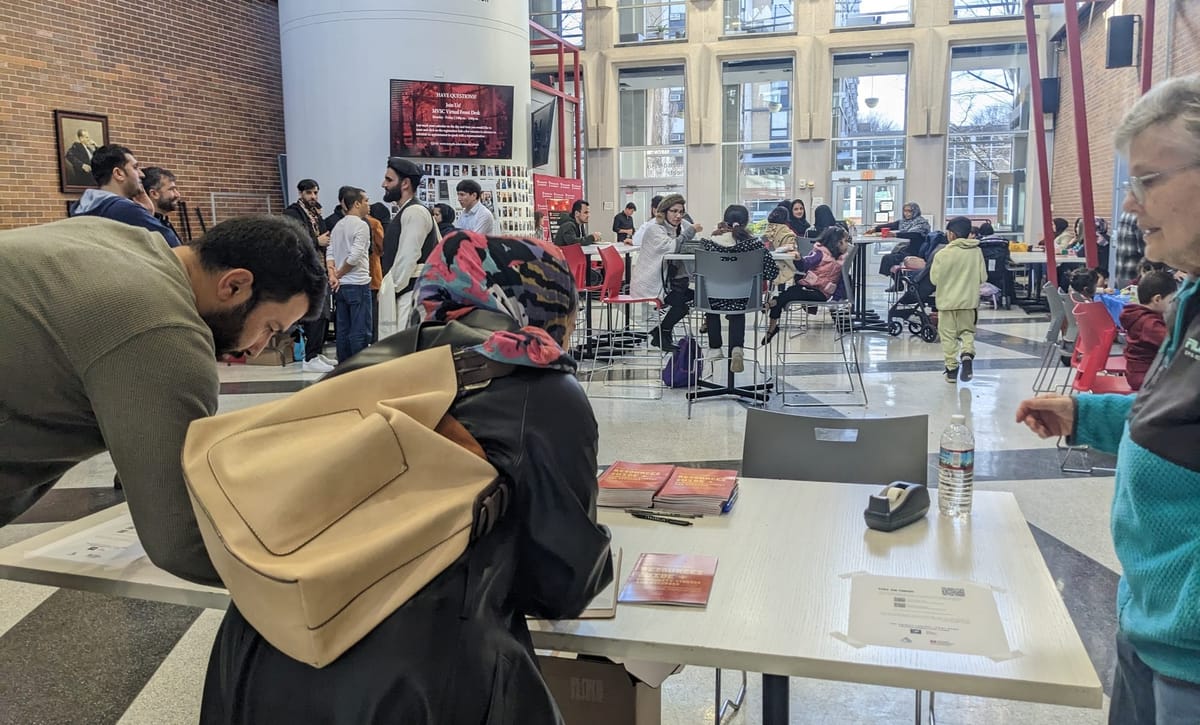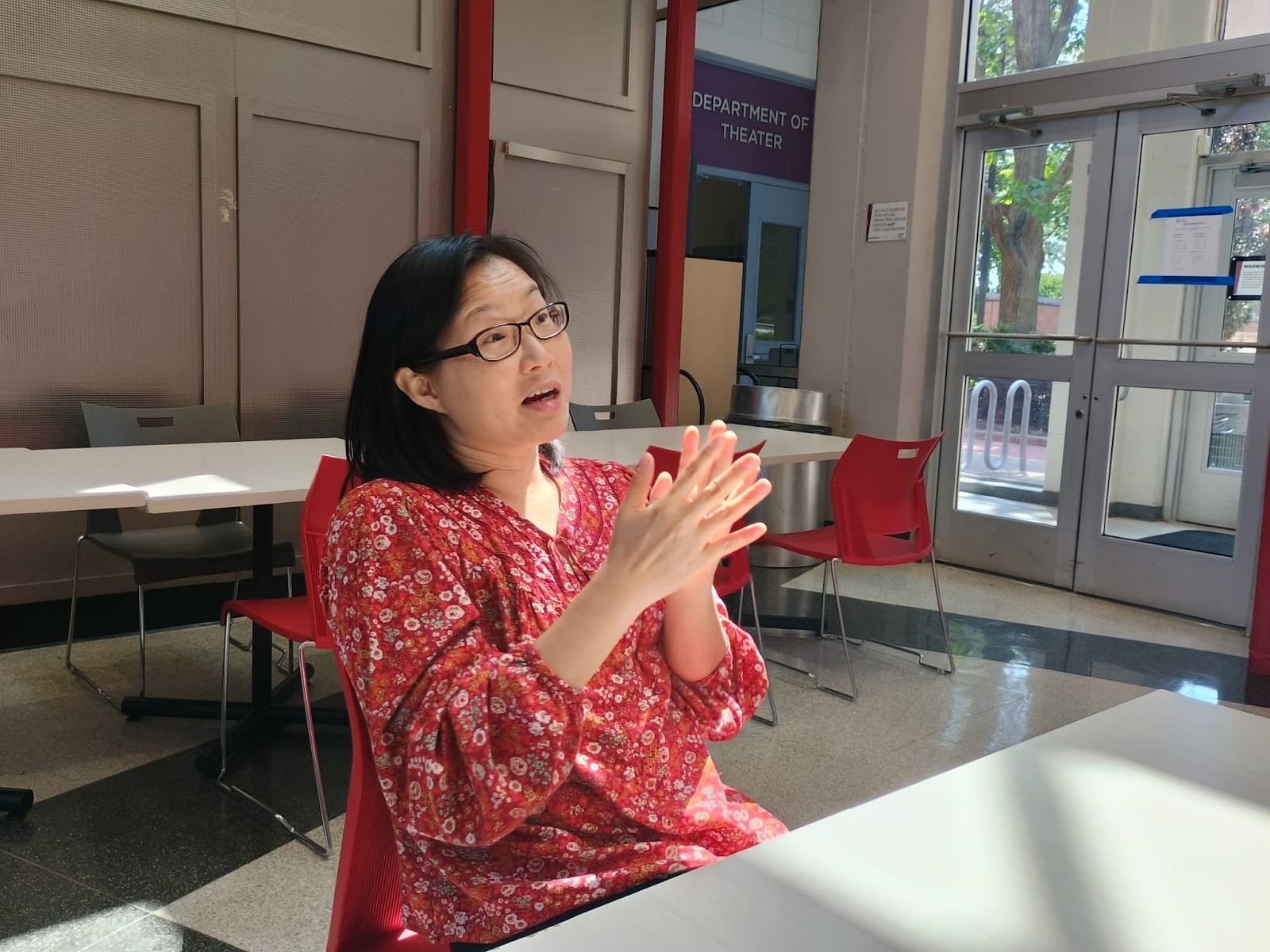Part 2 - The Afghan Diaspora
The Afghan story is one of movement, resilience, and community. Over the decades, families have built new homes around the world, carrying traditions and memories with them. In Philadelphia, this history continues as Afghans lay new roots while keeping close ties to their heritage.


